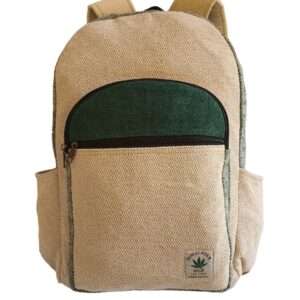Bamboo Consumer Products: Sustainable and Eco-Friendly Alternatives

Sustainability has become a buzzword in recent years, and with good reason. With increasing concerns about the impact of human activities on the environment, more and more people are looking for ways to reduce their carbon footprint and adopt an eco-friendlier lifestyle. One way to do this is by choosing products made from bamboo. In this blog, we’ll take a closer look at the benefits of bamboo consumer products, their uses in household, kitchen, and apparel, and compare their carbon footprint with non-eco-friendly products.
What is Bamboo?
Bamboo is a type of grass that is found in many parts of the world, including Asia, Africa, and the Americas. It is one of the fastest-growing plants on the planet, and some species can grow up to 91 cm (35 inches) per day. Bamboo is also highly renewable and sustainable, as it can grow back after it has been harvested without the need for replanting.
The Importance of Bamboo Materials in Sustainability
Bamboo is an eco-friendly alternative to traditional materials like wood, plastic, and cotton. Here are some of the reasons why:
- Renewable: Bamboo is a renewable resource that can grow back after it has been harvested, making it a sustainable option.
- Fast-growing: Bamboo is one of the fastest-growing plants on the planet, which means that it can be harvested much more quickly than other types of wood. This makes it a more sustainable option for furniture, building materials, and other products.
- Carbon sequestration: Bamboo is a great carbon sink, which means that it can absorb large amounts of carbon dioxide from the atmosphere. This makes it an excellent way to combat climate change.
- Biodegradable: Bamboo products are biodegradable, which means that they can break down naturally without harming the environment.
Uses of Bamboo Products in Household, Kitchen, and Apparel
Bamboo is a versatile material that can be used in a variety of products. Here are some of the most common uses of bamboo in household, kitchen, and apparel:
- Household: Bamboo is a great material for household products like furniture, flooring, and home decor. It is durable, lightweight, and has a natural, rustic look that can complement any home.
- Kitchen: Bamboo is a popular material for kitchen products like cutting boards, utensils, and bowls. It is naturally antibacterial, which makes it a great choice for food preparation.
- Apparel: Bamboo is a soft and breathable material that can be used to make comfortable and sustainable clothing. It is often used to make activewear, underwear, and socks.
Comparing Carbon Footprint of Bamboo Products with Non-Eco-Friendly Products
Bamboo products have a much lower carbon footprint than non-eco-friendly products. For example, bamboo flooring has a much lower impact than hardwood flooring, which requires much more energy to produce. Similarly, bamboo clothing has a much lower impact than clothing made from synthetic materials like polyester.
Conclusion Bamboo is a sustainable and eco-friendly material that can be used in a variety of products. Its fast growth rate, carbon sequestration capabilities, and biodegradability make it an excellent choice for those looking to reduce their carbon footprint. By choosing bamboo products for your household, kitchen, and apparel, you can do your part to protect the environment and promote sustainability



